Short-term Course
Kids
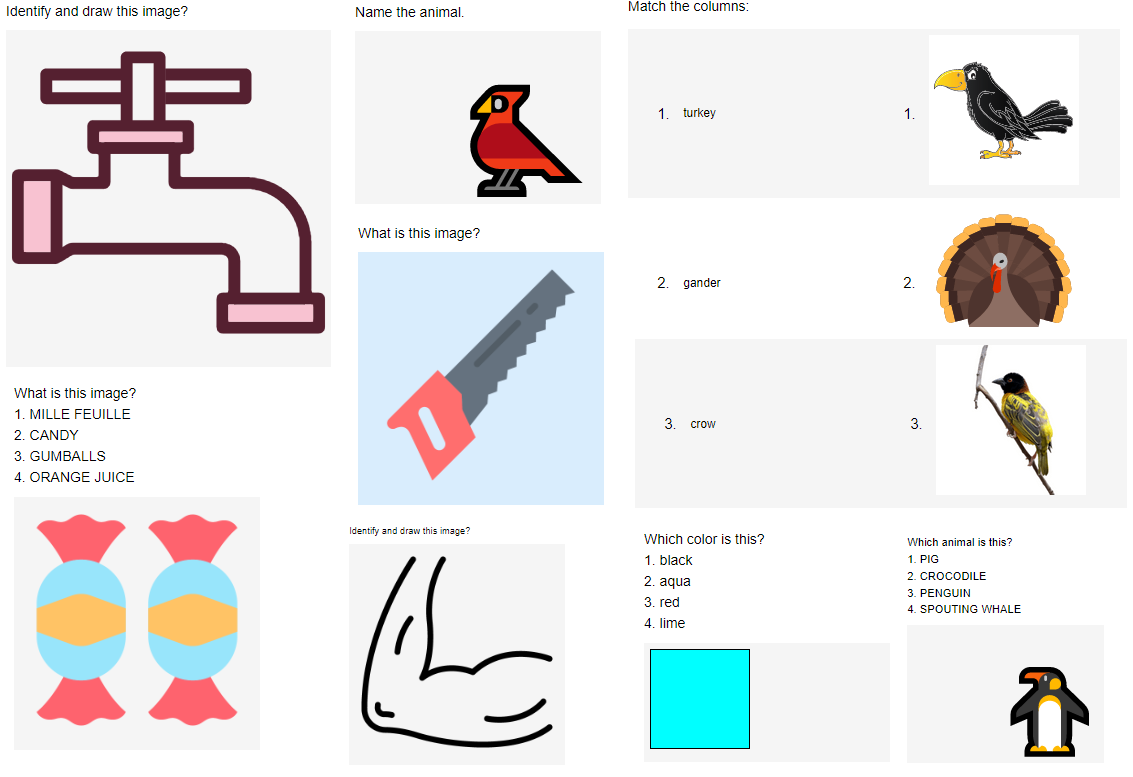
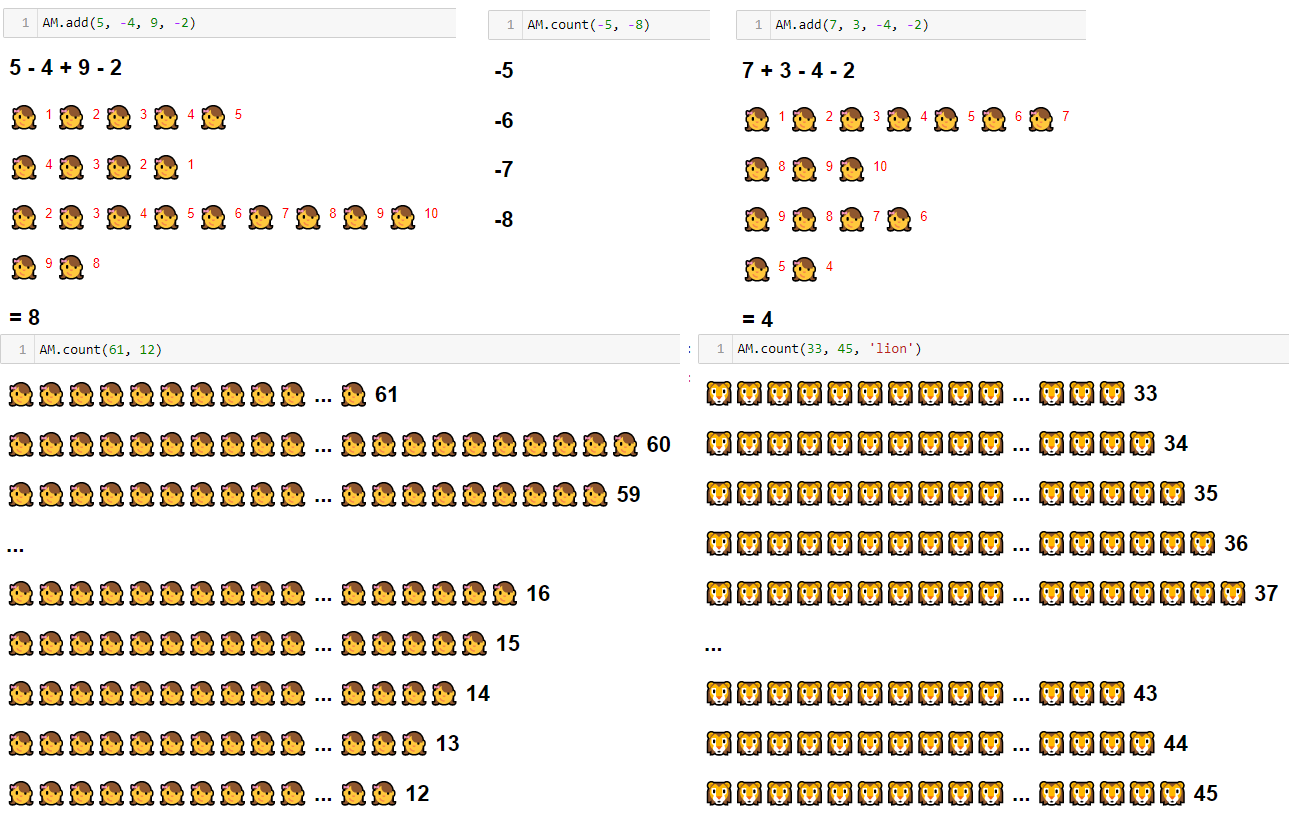
The section below lists out some of activities related to students of this grade.
kindergarten
Junior Grades
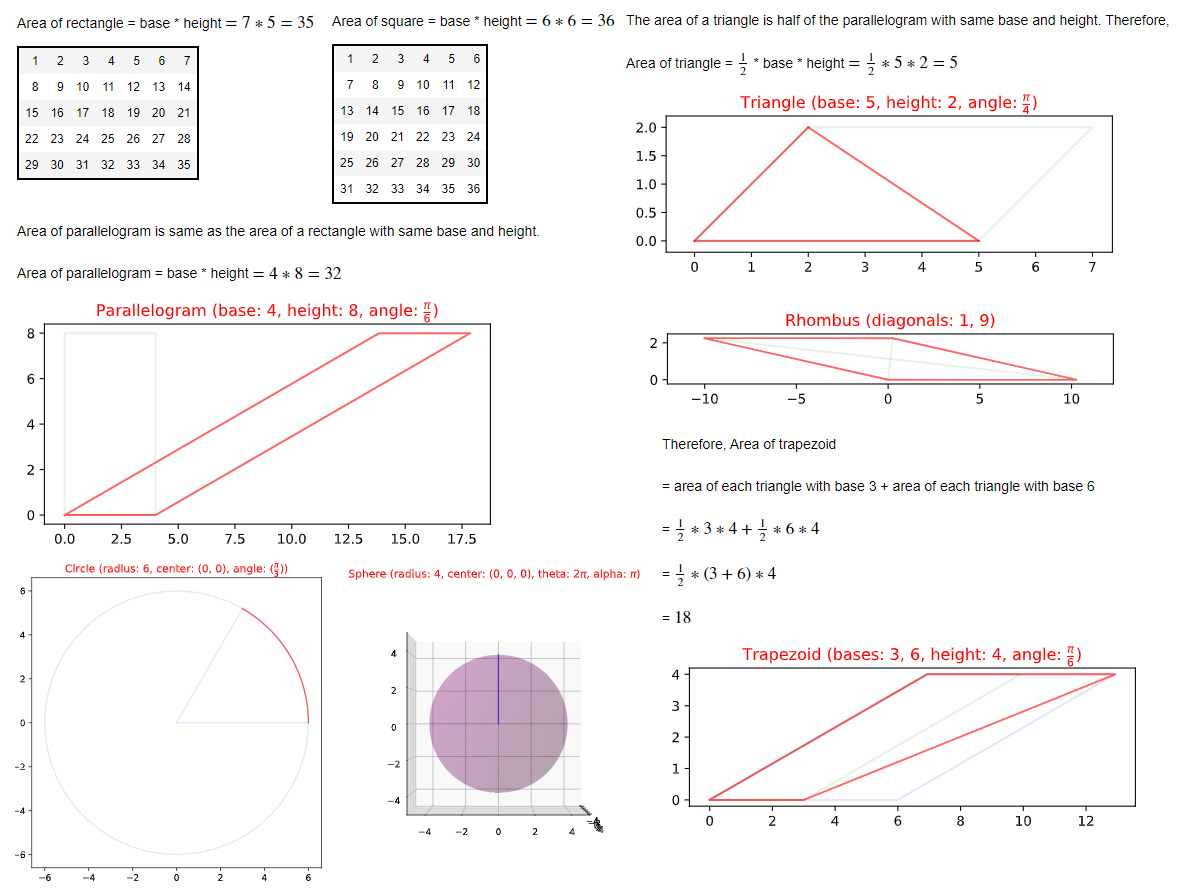
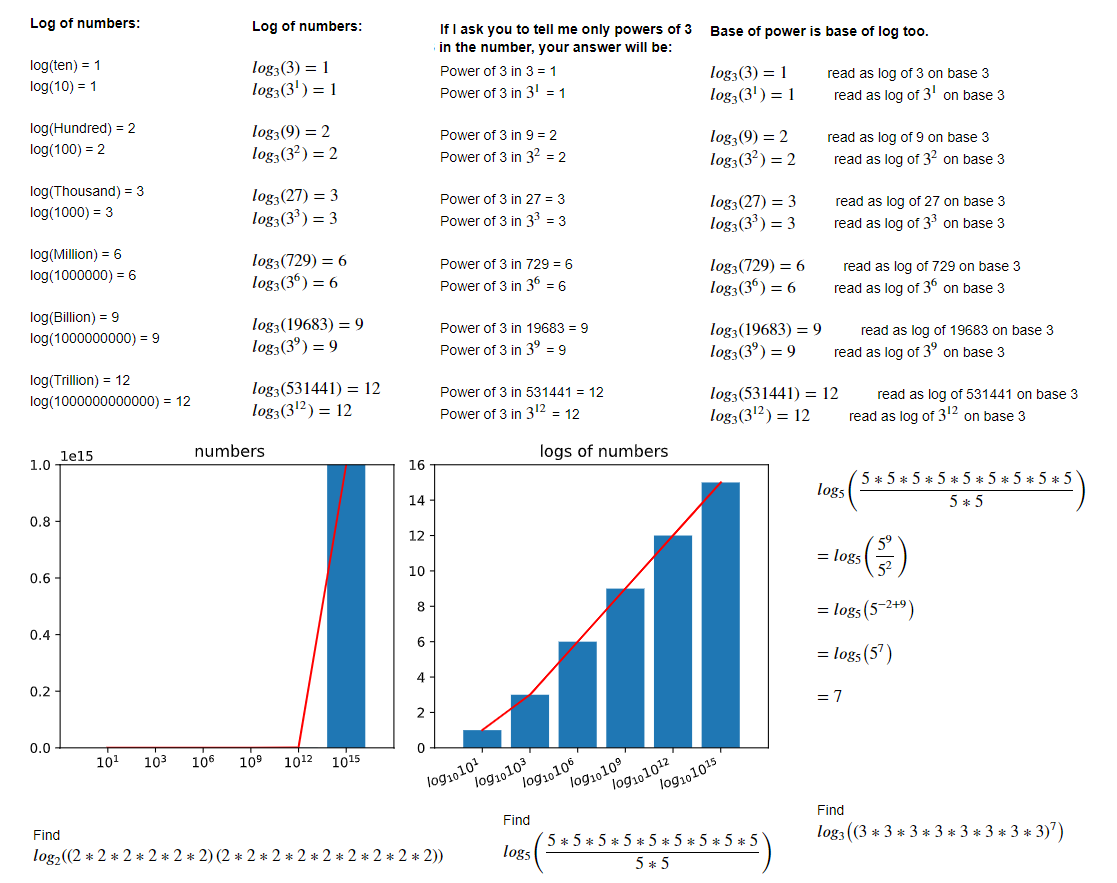
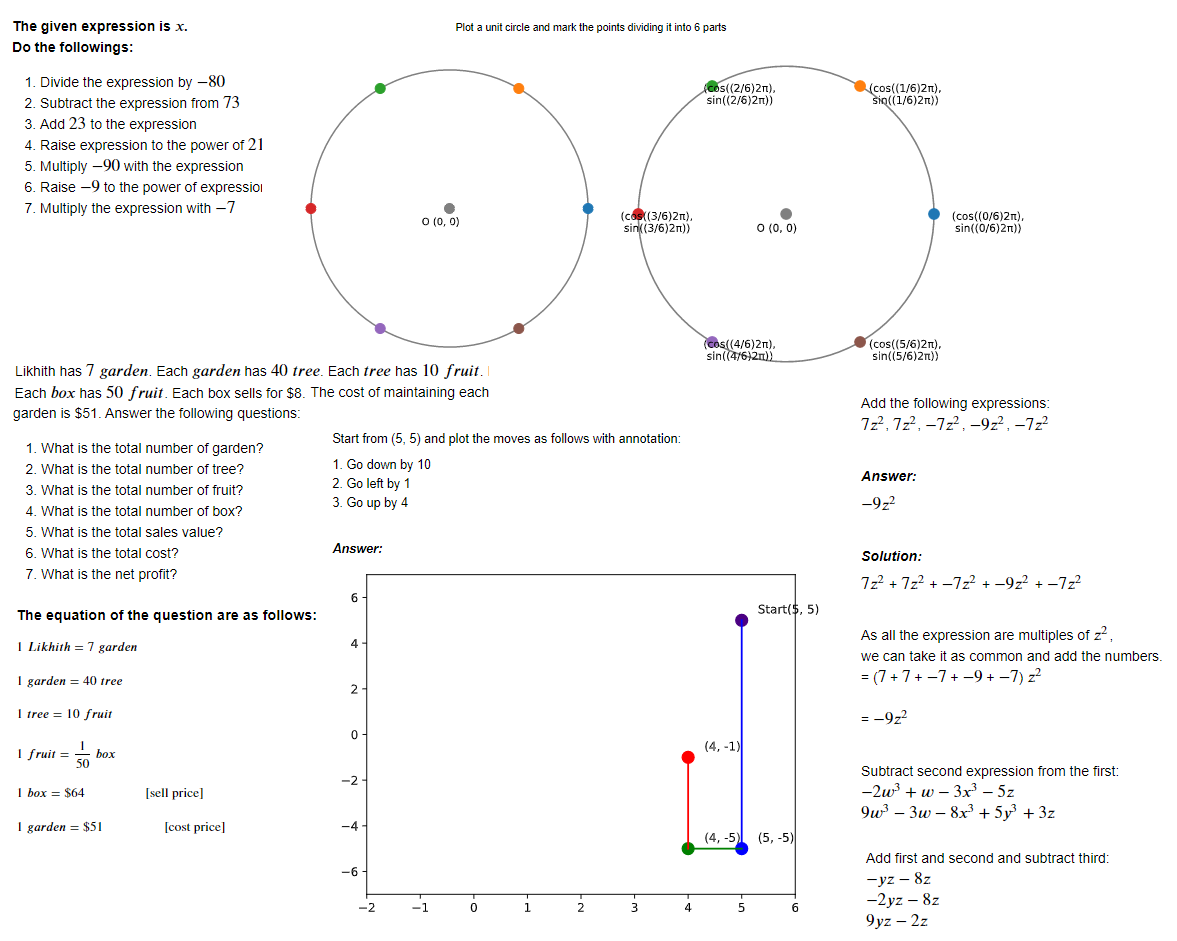
This is the lowest grade we serve. The students must have knowlegde of internet, should be able to open links, click icons, copy and paste text, understand left and right clicks and use bookmark to access our software platform in browser.
- How We Teach Exponents and Powers to Kids
- Learning shapes, size and color
- Learning Coordinate Geometry
- Draw Shapes With Points Using Matplotlib Module
- Learn Coordinate Geometry With Intuitive Way - Part 1
- Teaching Geometry to Grade 3 Kids
- Plotting Simple Line, Bar And Pie Chart
- Draw Dream House Using Python Matplotlib Module
- Let Us Play With Carrom Board in Python
- Draw Some Interesting Pattern With Numpy & Matplotlib Module
- Step by Step Draw Boy Using Matplotlib Module
- Make Shapes With SystemOfBobies
- Draw Cartoon
- 3Dimension Plotting in Python
- Solar System
Middle Grades
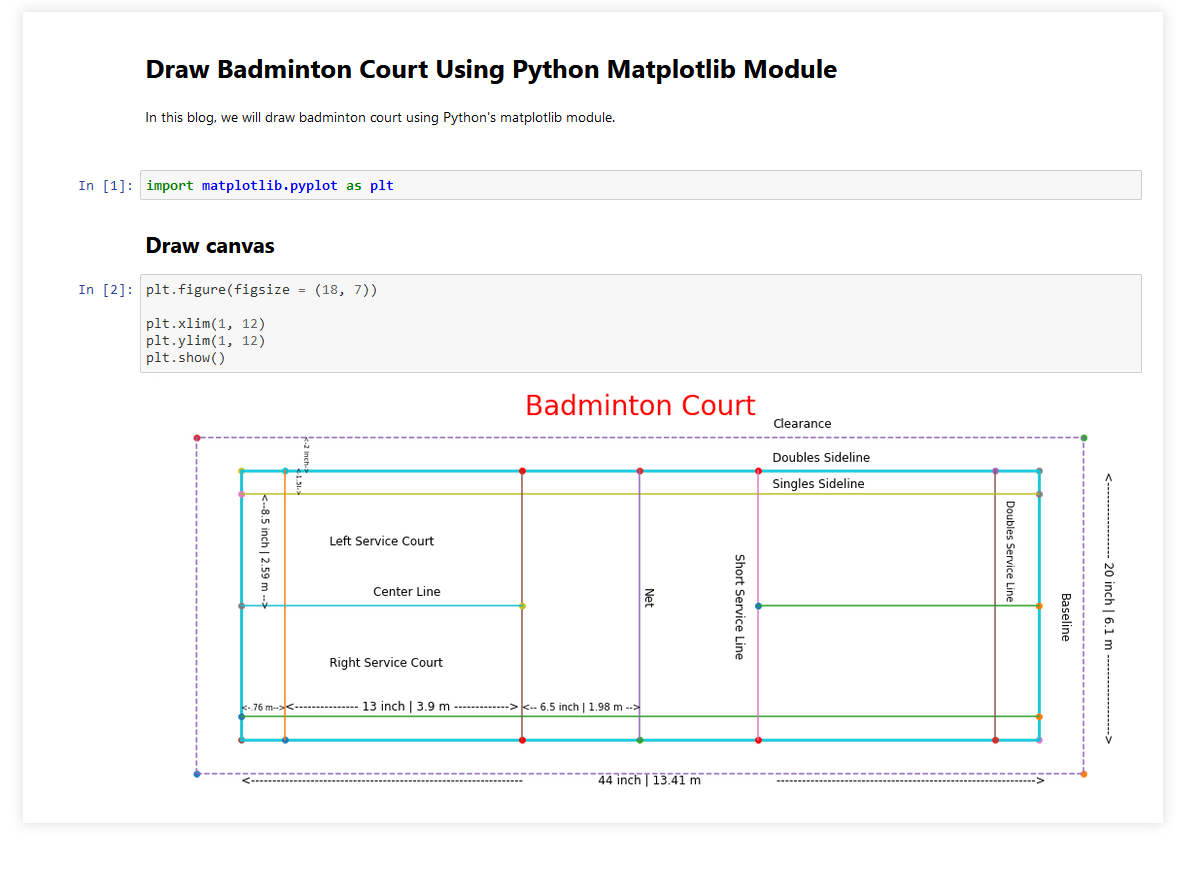

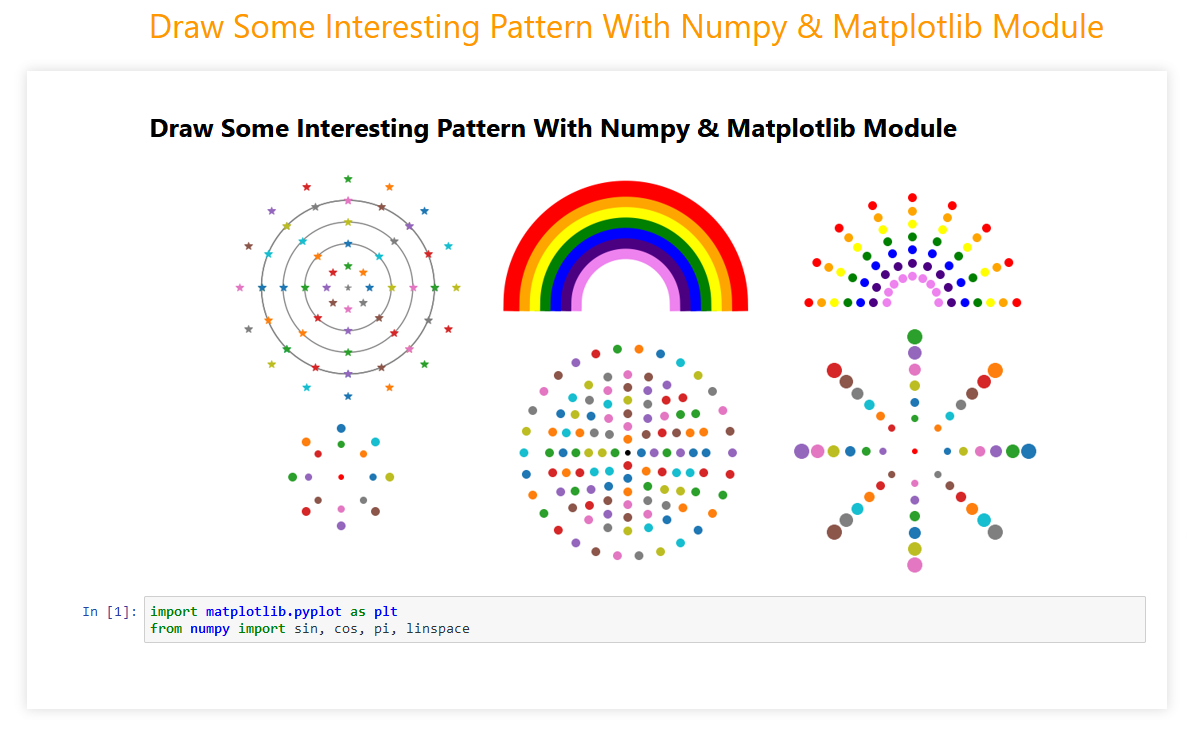

Python for kids
- How We Teach Exponents and Powers to Kids
- Plotting points
- Learning shapes, size and color
- Learning Coordinate Geometry
- Draw Shapes With Points Using Matplotlib Module
- Learn Coordinate Geometry With Intuitive Way - Part 1
- Teaching Geometry to Grade 3 Kids
- Plotting Simple Line, Bar And Pie Chart
- Draw Dream House Using Python Matplotlib Module
- Draw Circle - Diameter, Radius, Arc and Segment Using Python Matplotlib Module
- Draw Badminton Court Using Python Matplotlib Module
- Let Us Play With Carrom Board in Python
- Draw Some Interesting Pattern With Numpy & Matplotlib Module
- Step by Step Draw Boy Using Matplotlib Module
- Make Shapes With SystemOfBobies
- Draw Cartoon
- Draw Two Cartoons Inside House
- 3Dimension Plotting in Python
- Solar System
- Plot World, Continent and Cities
High School
Fourier series
Linear Equations
Geometry
- Cone geometry
- Cube geometry
- Cylinder geometry
- Disk geometry
- Open top box geometry
- Rectangle geometry
- Ring geometry
- Saturn geometry
- Sphere geometry
Laplace
Vectors
Differential equations
Functions
Jacobian
Lagrangian
College
Machine Learning
TensorFlow
- Difference Between Scalar, Vector, Matrix and Tensor
- TensorFlow Deep Learning Model With IRIS Dataset
- Sequence to Sequence Learning With Neural Networks To Perform Number Addition
- Image Classification Model MobileNet V2 from TensorFlow Hub
- Step by Step Intent Recognition With BERT
- Sentiment Analysis for Hotel Reviews With NLTK and Keras
- Simple Sequence Prediction With LSTM
- Image Classification With ResNet50 Model
- Predict Amazon Inc Stock Price with Machine Learning
- Predict Diabetes With Machine Learning Algorithms
- TensorFlow Build Custom Convolutional Neural Network With MNIST Dataset
- Deal Banking Marketing Campaign Dataset With Machine Learning
PySpark
- How to Parallelize and Distribute Collection in PySpark
- Role of StringIndexer and Pipelines in PySpark ML Feature - Part 1
- Role of OneHotEncoder and Pipelines in PySpark ML Feature - Part 2
- Feature Transformer VectorAssembler in PySpark ML Feature - Part 3
- Logistic Regression in PySpark (ML Feature) with Breast Cancer Data Set
PyTorch
- Build the Neural Network with PyTorch
- Image Classification with PyTorch
- Twitter Sentiment Classification In PyTorch
- Training an Image Classifier in Pytorch
Natural Language Processing
- Spelling Correction Of The Text Data In Natural Language Processing
- Handling Text For Machine Learning
- Extracting Text From PDF File in Python Using PyPDF2
- How to Collect Data Using Twitter API V2 For Natural Language Processing
- Converting Text to Features in Natural Language Processing
- Extract A Noun Phrase For A Sentence In Natural Language Processing
Mathematics
The course focuses on mathematics, starting from primary school mathematics to high school mathematics for students who are planning to appear in tests like A-level, STEP, Math Olympiad etc.
Our software ensures to quickly identifies your current level of knowledge and conceptual base and takes it forward from there. So, a student can join this course irrespective of the grade one belongs to.
Fourier series
Linear Equations
Geometry
- Cone geometry
- Cube geometry
- Cylinder geometry
- Disk geometry
- Open top box geometry
- Rectangle geometry
- Ring geometry
- Saturn geometry
- Sphere geometry
Laplace
Vectors
Differential equations
Functions
Jacobian
Lagrangian
Physics
The students must have knowlegde of internet, should be able to open links, click icons, copy and paste text, understand left and right clicks and use bookmark to access our software platform in browser.
Waves
Electromagnetism
Optics
Quantum mechanics concepts
- Dirac notation and photon polarisation
- Photon polarisation
- Electron spin
- Position momentum and heisenberg
- The EPR paradox explanation
- Energy operators the hamiltonian and schrodinger
- The harmonic oscillator
- Schrodinger equation a simple derivation
Theory of relativity
Kinematics
Thermodynamics
Formulae
A level physics
Chemistry
The students must have knowlegde of internet, should be able to open links, click icons, copy and paste text, understand left and right clicks and use bookmark to access our software platform in browser.
Programming and Visualization for Math & Science
This is the lowest grade we serve. The students must have knowlegde of internet, should be able to open links, click icons, copy and paste text, understand left and right clicks and use bookmark to access our software platform in browser.
Python for kids
- How We Teach Exponents and Powers to Kids
- Plotting points
- Learning shapes, size and color
- Learning Coordinate Geometry
- Draw Shapes With Points Using Matplotlib Module
- Learn Coordinate Geometry With Intuitive Way - Part 1
- Teaching Geometry to Grade 3 Kids
- Plotting Simple Line, Bar And Pie Chart
- Draw Dream House Using Python Matplotlib Module
- Draw Circle - Diameter, Radius, Arc and Segment Using Python Matplotlib Module
- Draw Badminton Court Using Python Matplotlib Module
- Let Us Play With Carrom Board in Python
- Draw Some Interesting Pattern With Numpy & Matplotlib Module
- Step by Step Draw Boy Using Matplotlib Module
- Make Shapes With SystemOfBobies
- Draw Cartoon
- Draw Two Cartoons Inside House
- 3Dimension Plotting in Python
- Solar System
- Plot World, Continent and Cities